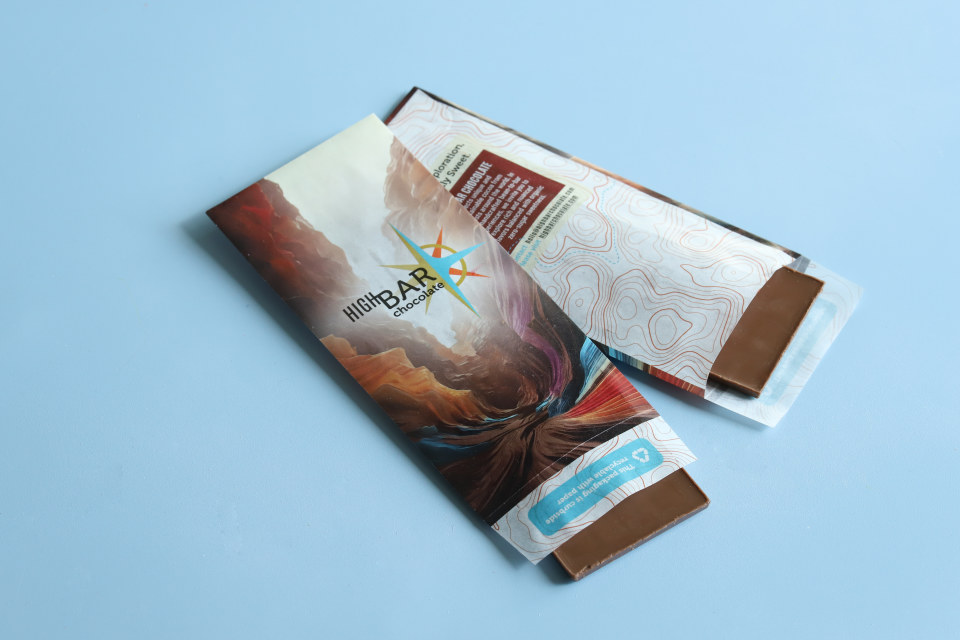Better solutions without the stress.
We’re here to help you at each stage of your packaging journey.
You need better packaging that works for you. Something that is unique and reflects your brand, while also protecting your product. We get it. For the past 40 years, we’ve helped customers like you design, create, fill and kit paper packaging. It’s what we do.
Whether you’re on a journey to eliminate plastic from your packaging or looking for a contract packaging partner to streamline your supply chain. We’re here to help deliver a better solution on time and on budget.









We work alongside you to turn your ideas into premium paper packaging that fits your product and brand.

Experts in enterprise-level printing, cutting, folding, and converting, our in-house team ensures high-quality results, every time.
Our comprehensive in-house packing, bagging, kitting and filling services allow you to focus on your business.






